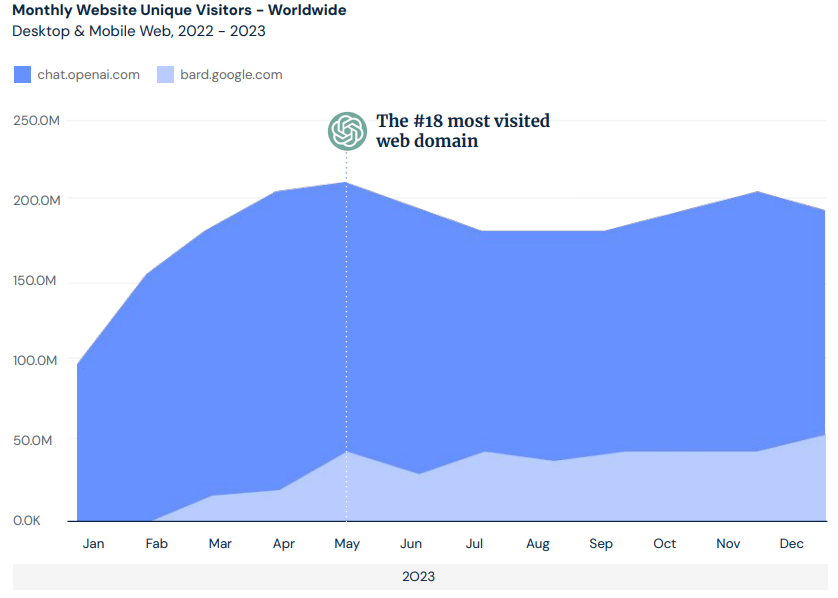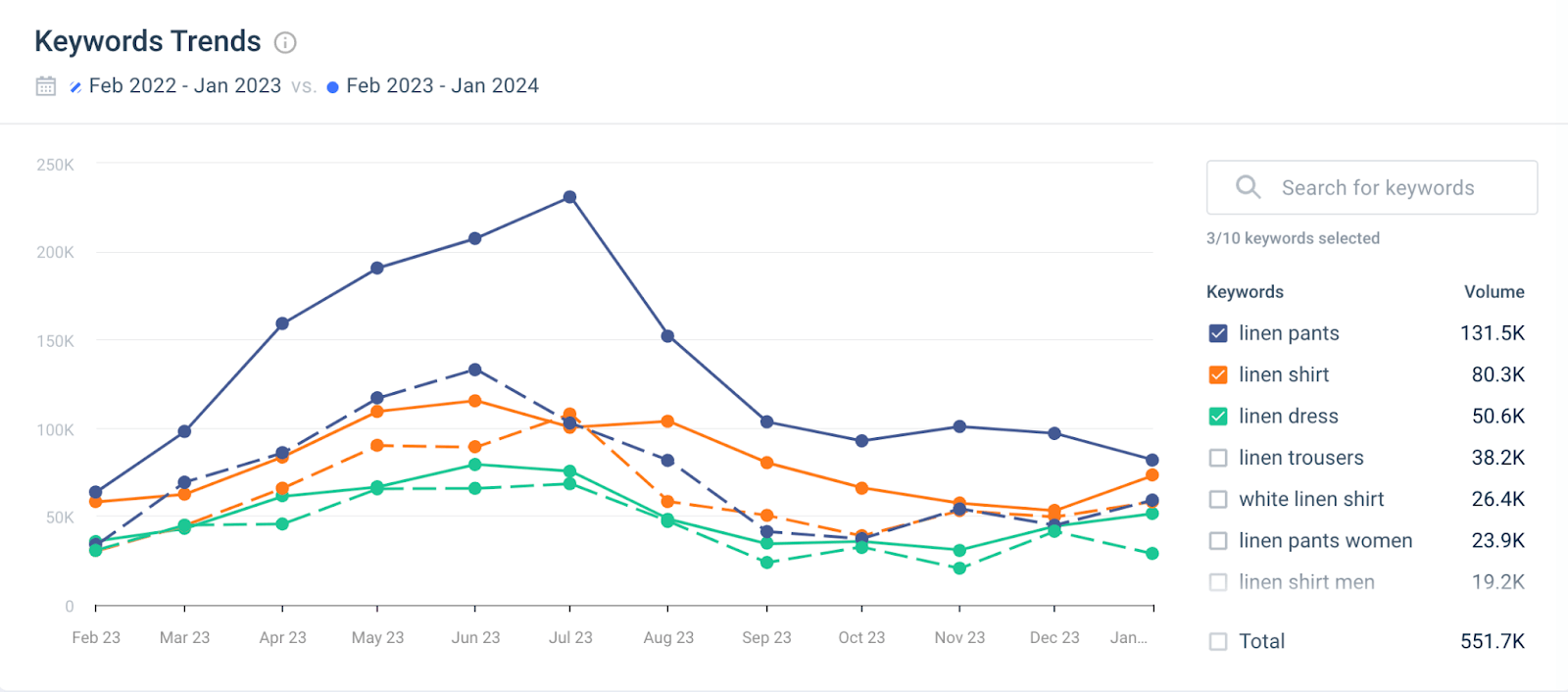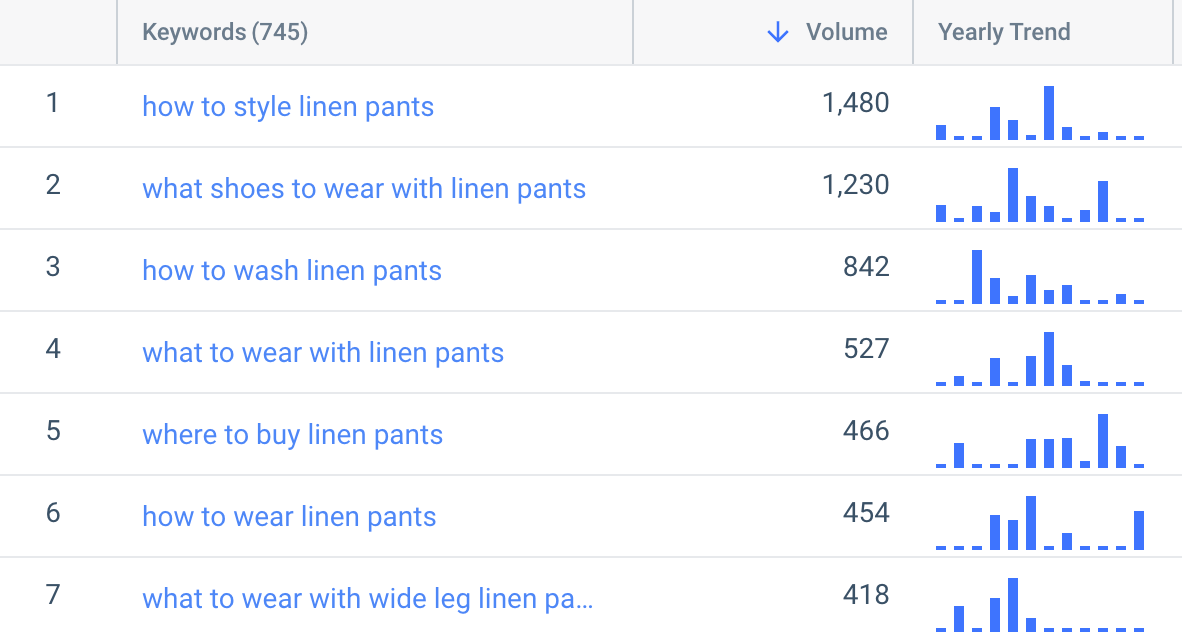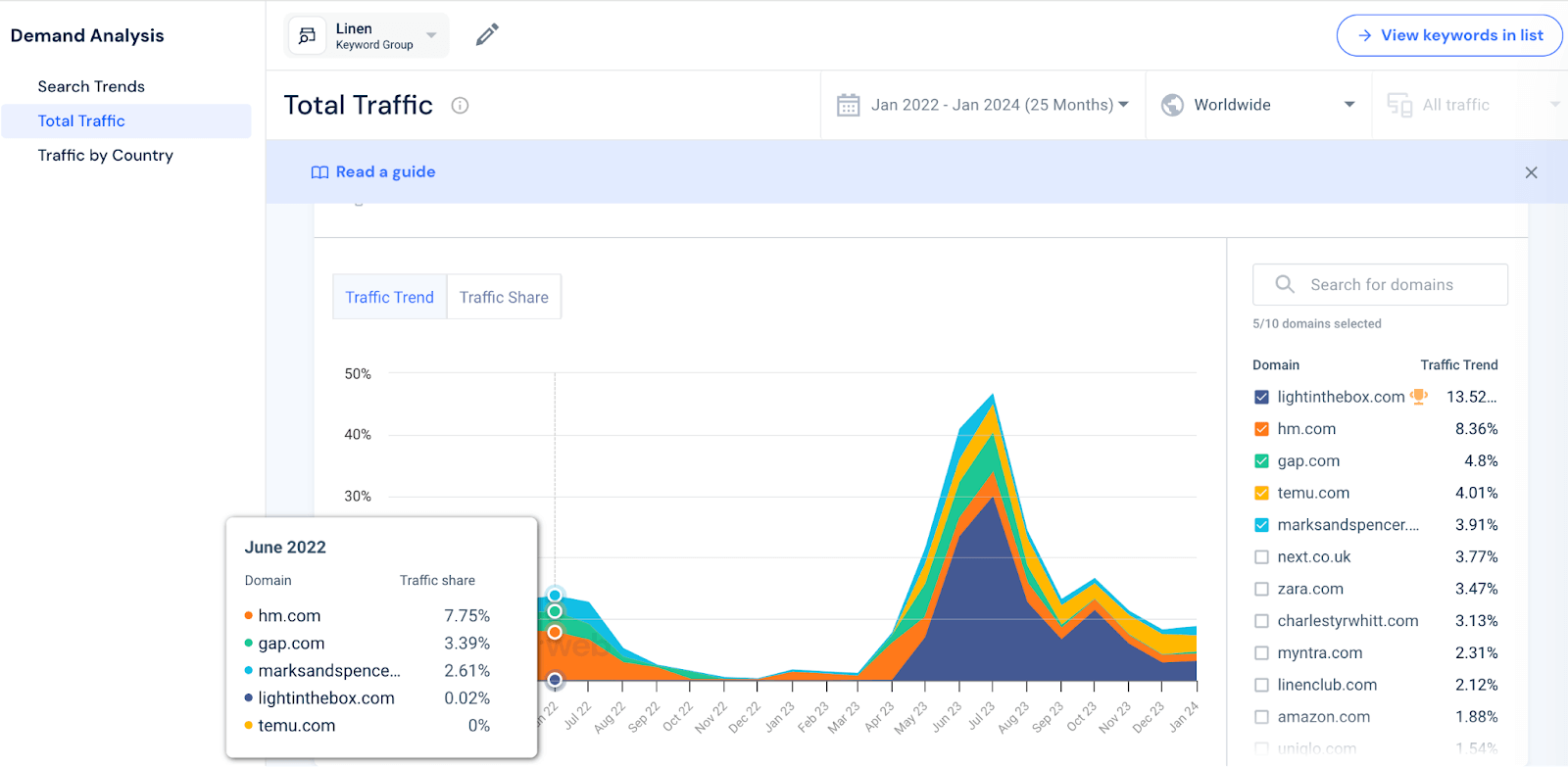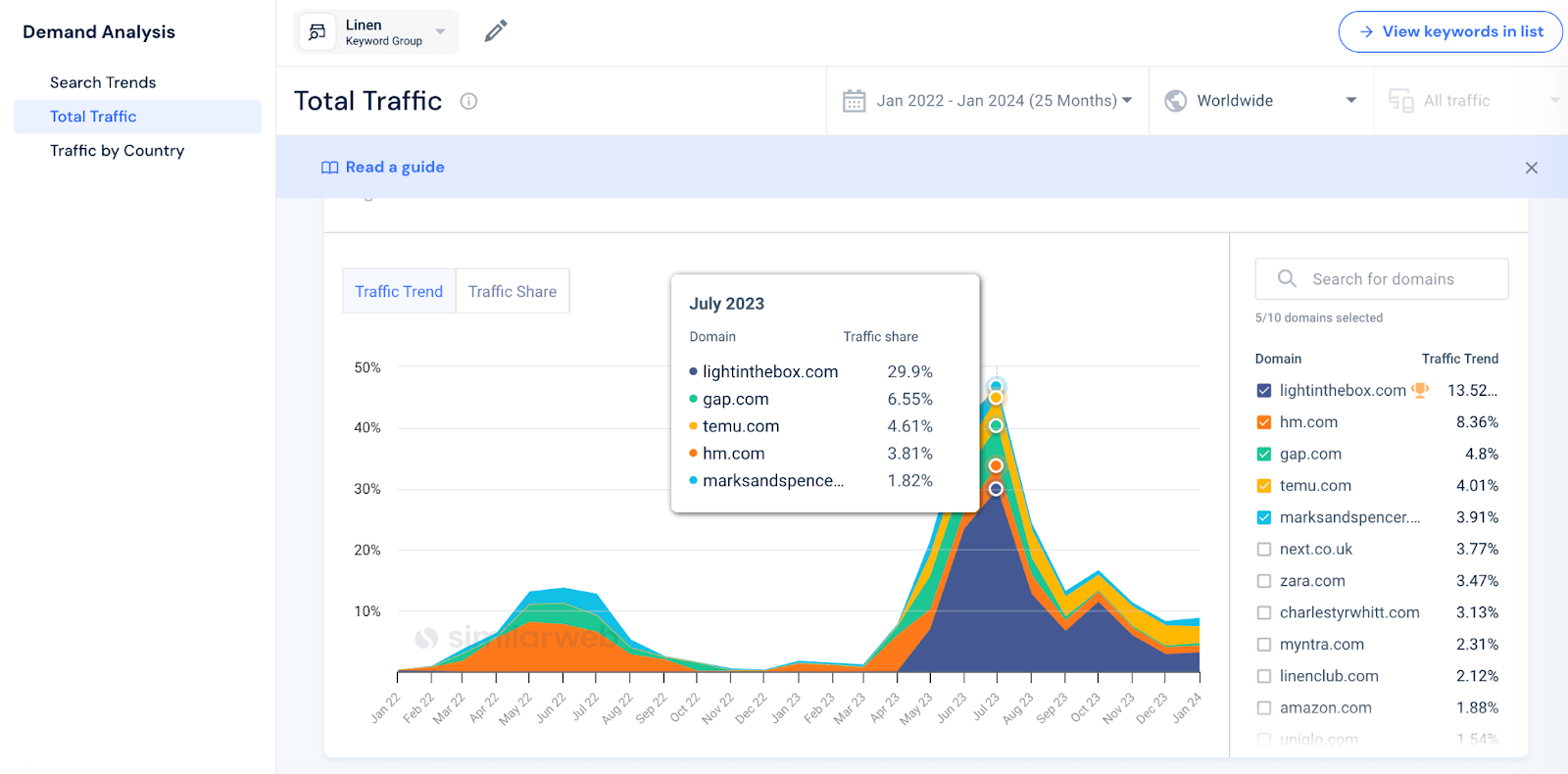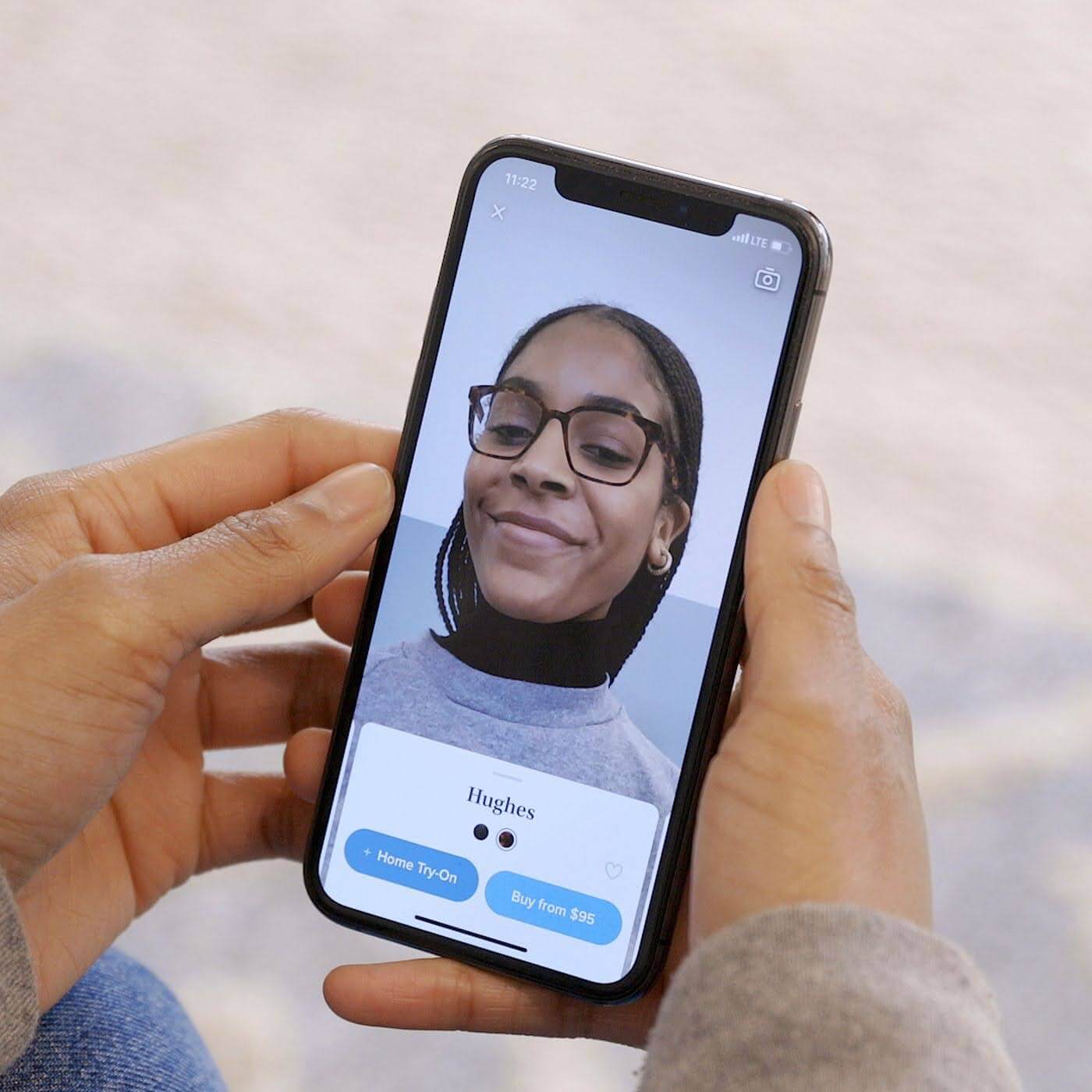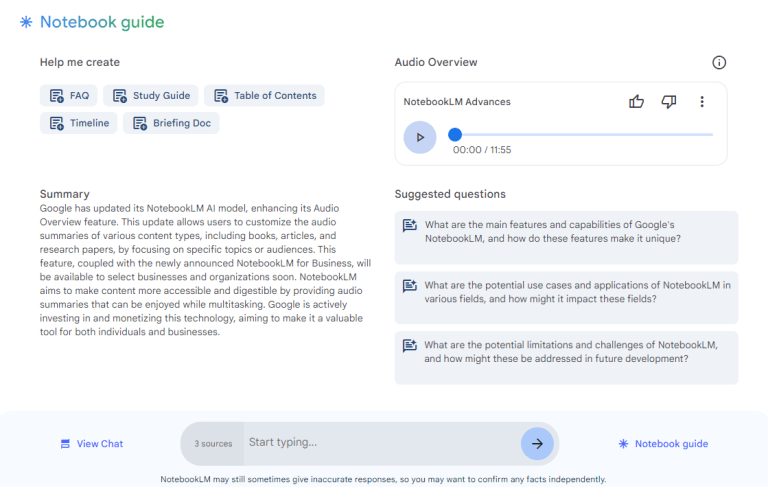From AI to Buy: The Role of Artificial Intelligence in Retail

Imagine walking into a store where the shelves restock themselves, personalized recommendations appear before your eyes, and you can check out seamlessly without the need for wallets – or queues.
This could very well be the future of shopping, shaped by rapidly advancing artificial intelligence in the retail industry
While aspects of AI, like machine learning and automation, have been a force within the retail industry for years, we’re standing on the brink of a new revolution as technology rapidly transforms into a creative and analytical powerhouse.
Here, we’ll talk about how AI is changing the retail industry, and explore where the future of AI retail may take us.
What is AI in retail?
Traditionally, AI in retail refers to the use of technology like machine learning, data analysis, automation and complex algorithms to transform the way retail businesses operate, interact with customers, predict demand for their products, manage inventory, and, most importantly, elevate the shopping experience. However, today we’re seeing a shift. AI can now create content, modify product descriptions, and make recommendations that resonate with consumers. It’s helping retailers shorten the time it takes to analyze data to implement new learnings.
For many, AI seems like a dystopian concept or futuristic technology. In reality, AI in retail isn’t (currently) focused on replacing humans, but instead empowering people and processes for the best possible outcome for the business and, of course, customers.
In fact, AI is already deeply woven into the fabric of our shopping experiences.
The use of AI in retail is widespread. For years, retailers have leveraged AI to understand their target audience better, improve their processes, and create more personalized shopping experiences.
What are the benefits of AI in retail?
Before we dive into some exciting examples of AI in retail, here are some of the key benefits:
- Increased operational efficiency
- More return on investment (ROI)
- Greater quality products
- Less error in inventory placement
- Data-driven decision making
- Enhanced market analysis and target market strategies
- Elevated shopping experience for customers
- Higher sales and conversion rates
- Better customer service
AI in retail examples
Here are some of the best AI-powered examples in retail:
Ad targeting
Programmatic advertising
While targeted ads existed long before AI, we now see a revolution in creating personalized content. Retailers can use AI to generate product descriptions, ad copy, and more that fit into the context of each customer’s needs.
For years, customization was too simplistic and not personal enough. If you were Googling for new shoes, the next time you opened Facebook, you were targeted with offers for all kinds of shoes – but nothing exactly relevant to what you’d be looking for.
Programmatic advertising has evolved over the years and uses AI for precision targeting Major advertising technology companies, lean on AI for targeting and finding lookalike audiences for advanced targeting. Gen AI takes it one step further. AI enables retailers to personalize their marketing messaging by analyzing huge amounts of customer data (like browsing behavior, purchase history, and preferences) in real time, which leads to more efficient and effective execution of advertising strategies.
Customers are much more likely to engage with ads tailored to them, as they are deeply relevant to their specific interests and needs. As a result, companies can build stronger and longer-lasting relationships with their customers – building better brand awareness, brand loyalty, and customer satisfaction.
For example, if a customer has been searching for hiking gear, AI can help target them with ads related to products like tents or walking boots from the retailer, driving up clicks, conversion rates, and, of course, sales.
Ad budget optimization
AI has also been, and still is, crucial in helping retail businesses get the best ROI from their ad campaigns.
By analyzing the performance of past campaigns across various marketing channels and audience demographics, AI can pinpoint the most effective strategies and channels to target for the most traction.
This helps retailers curb unnecessary spending on less effective channels and less responsive audience segments, helping them get the maximum return on their spend.
Generative AI
Let’s start with what generative AI actually is. It’s an AI technology that – you guessed it – generates content that mimics real-world, human examples. This can be anything from text, images and videos to music, speech, and data models.
It’s what ChatGPT and Bard (Now called Gemini) are best known for
And here’s how prevalent these AI platforms are:
These platforms can analyze and interpret huge amounts of data and use complex algorithms to create original content based on their learnings.
So, how is generative AI currently being used in retail?
Creating engaging content
Retail marketing teams can use generative AI to create diverse content for their website, blog, and campaigns. The possibilities range from short-form content like product descriptions, ad copy, and meta titles and descriptions to longer-form content like articles, landing page copy, and email sequences.
While use in marketing may be the most obvious, generative AI can be used effectively within many other retail business teams. Sales professionals can generate call scripts and email templates. Data analysts can create insightful reports on customer behavior, preferences, and emerging trends, which can inform future strategies.
Similarly, HR teams can use generative AI to create customized training materials, programs, or manuals for different roles within the business. Or, finance could leverage it to generate reports on sales performance, expenses, and other metrics to get quick insights into the business’s financial health.
Personalized marketing
The world is geared towards hyper-personalization, and when 62% of customers don’t remain loyal to a brand following a non-personalized encounter, retailers must take note. Therefore, personalized content is now a minimum expectation, and the tailored marketing messages and content that generative AI can produce is a real game-changer.
AI personalization is particularly useful within the marketing function of a retail business. They can use AI to send out personalized communications like email marketing campaigns that feature products, styles, or promotions based on each individual shopper’s on-site behavior.
For example, global beauty brand, Sephora, creates extremely effective email campaigns that deliver personalized product recommendations based on each customer’s individual needs and tastes:
This personal touch creates a sense of exclusivity and delights the customer, skyrocketing the effectiveness of marketing campaigns and boosting sales and conversions.
Product development
Generative AI is also becoming a pivotal tool within the product development process. By analyzing market trends and customer feedback, generative AI can suggest new product designs or improvements to accelerate development and ensure it aligns with market demands.
Further down the development process, product teams can use AI to create lifelike images and videos, enabling customers to explore various customizations virtually. AI can facilitate augmented reality experiences, allowing for a preview of products in different styles or settings without physical prototypes.
Demand forecasting
Another transformative use of AI in retail is its ability to predict and forecast demand for a brand’s products and services.
This can significantly impact inventory management, assortment planning, and supply chain efficiency, helping to give customers what they want, when they want it. Effective forecasting by AI can reduce costly stock issues and, as a result, greatly impact a retailer’s bottom line.
But, how can AI make such accurate predictions?
AI can process huge amounts of sales data, customer behavior data, and market trends to predict future demand with high precision. This is because AI is able to learn from new data, and will continually refine and improve forecasting based on the very latest industry research.
Also, AI is naturally more precise than human data analysts and will catch patterns, trends, and nuances that they may overlook.
AI’s role in demand forecasting can play out in many other scenarios, including:
- Store localization
- Timing promotional strategies
- Tracking price changes
- Monitoring new product launches
Demand forecasting runs parallel with next-generation manufacturing (NGM), another area of ecommerce where we’ll see AI continue to come into play. NGM uses AI and advanced technologies for product innovation and development, an important part of bringing digital transformation to the next level and streamlining manufacturing operations. We’ll see retailers employ NGM to improve efficiency, reduce costs, increase productivity, ultimately shortening the time to market and giving them that crucial competitive advantage to be the first to monetize new trends.
The truth is that retailers that leverage AI for demand forecasting will adapt quicker to rapidly shifting market trends and consumer needs than those relying on more traditional forecasting methods.
Demand forecasting with Similarweb
To complement AI’s demand forecasting prowess, Similarweb’s dedicated Demand Analysis tool can help brands and retailers paint a more robust picture of demand in their market.
This is a powerful market research tool for analyzing consumer behavior, helping insights teams and strategic professionals understand macro and micro consumer trends to find new growth opportunities and increase their digital market share.
Our tool gives you insight into consumer trends based on actual online searches and clicks, so they can capture genuine (and up-to-date) intent signals.
With Demand Analysis, you can spot these trends based on customized keyword lists. With these tailored insights, you’ll gauge demand in your category and see how it changes over time to uncover (and even predict) the most important macro and micro trends set to impact your business.
Want to see it in action?
Brands and retailers are consistently eager to grasp seasonal trends to forecast demand accurately and implement assortment planning for optimal revenue generation and growth.
With global warming and frequent heat waves around the world, consumers are becoming more “green,” gravitating towards lighter and sustainable materials. A clothing brand that needs to forecast demand and plan its inventory might hypothesize that linen products are worth investing in, as they are a natural material perfect for warm weather. Let’s create a tailored list of keywords to gauge the demand for ‘linen clothing’ during the summer season.
Using our Demand Analysis feature, we can see that demand for the topic ‘linen’ is growing significantly with over 50% Year-over-year growth in demand for “linen” products.
Now, let’s take a closer look at the demand trend over time and see what types of linen apparel are the most popular:
Some key trend takeaways:
☀️ Demand for ‘linen’ reached its highest point in June and July, coinciding with people’s summer vacation plans, but interest in ‘linen clothes’ began to surge as early as March.
Clothing brands should start planning marketing campaigns and promotions well in advance, starting from March to leverage the increasing demand for linen products to drive sales and maximize profitability. In the summer, these products will already be discounted.
Looking at year-over-year growth, ‘Linen pants’ steal the spotlight with the most search volume, leaving ‘linen shirts’ trailing behind. These insights provide a great indication of future trends to assortment planning and marketing strategy teams.
When it comes to color, ‘white linen’ is outshining all other summer hues. Meanwhile, black linen is emerging as an under-the-radar trend.
Gaining insights into these trends can aid companies in strategizing for their next summer collection, ensuring they incorporate popular trends into their product planning and marketing strategies.
Furthermore, we can delve into specific topics to analyze consumer interests related to “linen pants,” ensuring that companies capitalize on micro-trends for their marketing strategies.
For example:
Styling tips focused on popular search queries like ‘how to style linen pants’ or ‘what shoes to wear with linen pants’ could make for interesting content and present partnership opportunities with other brands:
Lastly, we can see who was successful in capturing the demand for “Linen” apparel.
Below, our data shows a huge shift in the industry leaders when compared year-on-year from the summer of 2022 to 2023. As suspected, Chinese firms were the fastest to adapt to the increased demand for linen:
We can learn from the Chinese marketplace, Temu (which only came on the scene in September 2022). They’ve managed to secure a 4% share of the traffic within only a year of its launch. This makes it a noteworthy consideration in a clothing brand’s distribution strategies, alongside other Chinese powerhouses like Lightinthebox.com.
For clothing brands, this is a sure way to gain deeper insight into consumer trends, forecast demand, and identify popular distribution channels. Most importantly, it turns data into actionable insight and gives brands the opportunity to react fast to changing demand. Real-time data provides insight into trends happening at any given moment, which helps brands capture demand faster than their competitors and win their market.
As you can see, with Similarweb, we not only present key trends within a topic but also assist in deciphering consumer demand through all the funnel stages. You can get a comprehensive view of consumers’ preferences from search to clicks helping you uncover the say-do gap and capture actual intent signals.
Customer shopping experience
Personalization is a key differentiator in the competitive landscape of the retail industry. Customers have come to expect an enhanced shopping experience tailored to their interests and needs.
With a helping hand from AI, retailers have all the insight they need to tailor their products and services to each customer.
How? Through customer data analysis.
AI can analyze vast amounts of customer data, including browsing history, purchasing patterns, social media interactions, and even real-time behavior on digital platforms, to reveal insight into individual preferences and intent. Some leading examples of AI personalization in retail include:
1) Personal product recommendations
Amazon is a great example of a retailer using AI to personalize the shopping experience. They offer highly targeted product recommendations based on the customer’s past purchases, search history, and shopping cart items. This has been proven to improve the customer experience and boost sales.
From the customer’s side, popular AI platforms like ChatGPT and Bard are becoming the new go-to search engines. In fact, customers are starting to conduct entire product research journeys within AI, by entering in specific queries about what they want and need.
AI can not only generate hyper-personalized product recommendations based on these queries, but allow for review scraping and price comparison all in one go. Take a look:
2) Virtual try-ons
Some pioneering brands are using augmented reality to offer virtual try-on experiences for customers. This allows the shopper to see how the products will look on them before they buy. This currently works best with certain clothing items or accessories like sunglasses.
For example, glasses brand warbyparker.com, now allows customers to see how different pairs of glasses look on them by superimposing them onto their face via their webcam:
This approach increases confidence in purchase decisions and improves overall engagement metrics during the buying process.
3) Chatbots and virtual assistants
These AI-powered bots have revolutionized the customer service experience. They can provide round-the-clock customer service, including personalized assistance for tracking the status of orders and recommending products based on the context/history. This has been a real breakthrough in boosting customer satisfaction and loyalty.
What are the benefits of an AI-enhanced customer experience in retail?
For customers:
- Seamless, efficient, and enjoyable buyer journey
- Immediate and personalized customer service
- A faster route to discovering the right products (based on recommendations)
For retailers:
- Higher customer engagement (which leads to more sales and conversions)
- Enhanced customer loyalty
- Efficient marketing spend
- Insightful data analysis to inform future marketing strategies, inventory management, and product development
Want to dive into the stats on AI personalization in ecommerce? Download our recent Consumer Trends report – a deep look into the three biggest trends shaping the future of shopping.
The future of AI in retail
If all of this wasn’t exciting enough, the future of AI in retail looks even brighter. As the technology continues to combine the digital with the physical, customer experiences are set to become even more seamless, intuitive, and personalized.
Here’s where some emerging AI trends in retail may take us:
Autonomous checkout: Check-out free stores, currently being trialed by Amazon Go, will likely become the norm in the near future. AI-powered cameras and sensors track which products customers put in their baskets and charge them when they leave the store. Not only is this a huge time-saver for customers, it removes the need for laborious checkout experiences and allows retailers to reallocate staff to other activities that will enhance customer satisfaction.
Enhanced virtual experiences: Augmented reality is beginning to weave itself into the shopping experience. In the future, virtual try-ons and product demonstrations will really step up a notch. Customers will likely be able to ‘try on’ almost anything – from clothes, accessories, and even makeup, with high accuracy and realism – all from the comfort of their homes.
✍️ Hyper-realistic generative AI: Generative AI will soon be able to create hyper-realistic product images and videos that will generate dynamic and engaging content for use on websites, in marketing campaigns and in product development or launches.
In conclusion…
AI and retail are a match made in heaven. From boosting operational efficiency to transforming the shopping experience, AI is reshaping the retail landscape as we know it.
The impact of AI in retail spans from ad targeting and content creation to demand forecasting and enhancing the overall customer experience. At the heart, AI’s ability to spot and predict crucial consumer trends, coupled with its untold potential for personalization, makes it a truly pivotal tool for retail businesses.
And what better way to complement the use of AI in spotting consumer trends than with Similarweb’s platform? Our Demand Analysis tool can help retailers paint the fullest possible picture of demand within their market and dive deep into their customers’ wants and needs.
FAQs
What are the main ways AI is being used in the retail industry?
The uses of AI in retail include targeted advertising, content creation, demand forecasting, and improving the customer experience. AI in retail can help businesses operate more efficiently, better understand their market, and anticipate customer needs and trends.
How does AI enhance the customer experience in retail?
AI enhances the customer experience by enabling personalized shopping experiences, providing product recommendations based on consumer behavior and preferences, and improving customer service through chatbots and automated assistance.
How can AI in retail help with demand forecasting?
AI significantly aids demand forecasting by analyzing vast amounts of data to predict future purchase patterns, seasonal trends, and potential supply chain disruptions. This helps retailers manage inventory, reduce stock outs or overstock situations, and optimize their supply chain.
Demand forecasting runs parallel with next-generation manufacturing (NGM), another area of ecommerce where AI will continue to come into play for product innovation and development, streamlining manufacturing operations. We’ll see retailers employ NGM to improve efficiency, reduce costs, and increase productivity.
What role does generative AI play within the retail industry?
Generative AI plays a pivotal role in retail by creating realistic product images, generating descriptive product content, and personalizing marketing materials. It can also simulate scenarios for better decision-making, design innovative products based on consumer trends, and create engaging customer experiences through dynamic and customized content.
Why is AI considered a game changer for retail businesses?
AI can process huge amounts of sales data, customer behavior data, and market trends to predict future demand with high precision. This is because AI can learn from new data, and will continually refine and improve forecasting based on the very latest industry research. The impact of AI in retail spans from ad targeting and content creation to demand forecasting and enhancing the overall customer experience. At the heart, AI’s ability to spot and predict crucial consumer trends, coupled with its untold potential for personalization, makes it a truly pivotal tool for retail businesses.
Track your digital metrics and grow market share
Contact us to set up a call with a market research specialist
